by UFO History Buff & Author, Charles Lear
 After the termination of Project Blue Book was announced on December 17, 1969, throughout the early months of 1970, much was made in the press of the fact that the Air Force was no longer in the flying saucer/UFO game. Then, the existence of a physics textbook being used at the Air Force Academy that had an entire chapter devoted to UFOs became known to UFO researchers, and it was mentioned (briefly on page 4 of pdf) in the May-June 1970 APRO Bulletin that “it caused quite stir in UFO circles in the first half of 1970.” The mainstream press didn’t become aware of it until an article was published in the October 11, 1970, issue of the National Enquirer with the headline “Air Force Academy Textbook Warns Cadets that UFOs May be Spacecraft Operated by Aliens from Other Worlds.” As sensational as this headline is, it isn’t far from the truth, and after news of the chapter’s existence was published in the mainstream press, it was quickly revised. Remarkably, the author of the chapter was a major in the Air Force who was a physics professor at the Air Force Academy. Read more
After the termination of Project Blue Book was announced on December 17, 1969, throughout the early months of 1970, much was made in the press of the fact that the Air Force was no longer in the flying saucer/UFO game. Then, the existence of a physics textbook being used at the Air Force Academy that had an entire chapter devoted to UFOs became known to UFO researchers, and it was mentioned (briefly on page 4 of pdf) in the May-June 1970 APRO Bulletin that “it caused quite stir in UFO circles in the first half of 1970.” The mainstream press didn’t become aware of it until an article was published in the October 11, 1970, issue of the National Enquirer with the headline “Air Force Academy Textbook Warns Cadets that UFOs May be Spacecraft Operated by Aliens from Other Worlds.” As sensational as this headline is, it isn’t far from the truth, and after news of the chapter’s existence was published in the mainstream press, it was quickly revised. Remarkably, the author of the chapter was a major in the Air Force who was a physics professor at the Air Force Academy. Read more
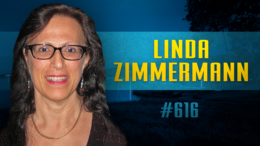 Award-winning author Linda Zimmermann presents a compelling exploration of over a century of
Award-winning author Linda Zimmermann presents a compelling exploration of over a century of 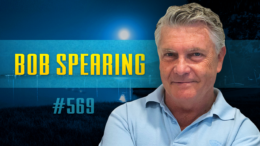 Guest, Bob Spearing to discuss his role investigating UFOs, some interesting cases, and the history of people reporting balls of light over the centuries. He also discusses the types of craft that have been reported, including some strange ones.
Guest, Bob Spearing to discuss his role investigating UFOs, some interesting cases, and the history of people reporting balls of light over the centuries. He also discusses the types of craft that have been reported, including some strange ones.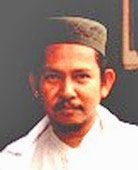 According to an
According to an 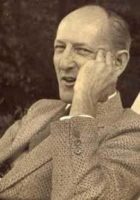 Of all the private organizations devoted to UFO investigation, the National Investigations Committee on Aerial Phenomena was arguably the most ambitious and tenacious. This was driven in large part by its director, Donald Keyhoe. Keyhoe held the beliefs that UFOs are extraterrestrial and that the U.S. Government, particularly the Air Force, was keeping information from the public that could possibly prove the ET hypothesis. As effective as NICAP was at hounding the Air Force and convincing many in the U.S. Congress that UFOs were deserving of scientific study, there are indications that the CIA was involved in both the beginning and the end of the organization.
Of all the private organizations devoted to UFO investigation, the National Investigations Committee on Aerial Phenomena was arguably the most ambitious and tenacious. This was driven in large part by its director, Donald Keyhoe. Keyhoe held the beliefs that UFOs are extraterrestrial and that the U.S. Government, particularly the Air Force, was keeping information from the public that could possibly prove the ET hypothesis. As effective as NICAP was at hounding the Air Force and convincing many in the U.S. Congress that UFOs were deserving of scientific study, there are indications that the CIA was involved in both the beginning and the end of the organization. Todd Zechel wrote about the CIA – NICAP connection in the January 1979 issue of
Todd Zechel wrote about the CIA – NICAP connection in the January 1979 issue of 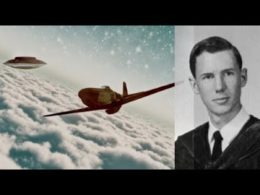 There is a classic Project Blue Book case known as,
There is a classic Project Blue Book case known as, 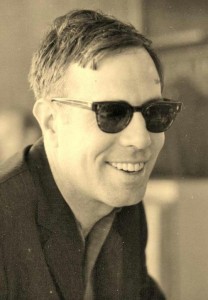 Among the early flying saucer investigators who stumbled their way through the mystery in the late 1940s and early 50s, there were some fascinating characters. Imagine being able to meet and discuss flying saucers with the likes of Donald E. Keyhoe, Edward J. Ruppelt, Frank Scully, Albert Bender or Gray Barker. A young man who did was James Moseley, who had more than a passing interest in the subject. With no prior writing experience or credentials, he convinced the most prominent people in the field to sit with him for interviews for a book he’d set out to write. He never published the book but found a place for himself in the world of flying saucers and saucerers where he’d remain for the rest of his life.
Among the early flying saucer investigators who stumbled their way through the mystery in the late 1940s and early 50s, there were some fascinating characters. Imagine being able to meet and discuss flying saucers with the likes of Donald E. Keyhoe, Edward J. Ruppelt, Frank Scully, Albert Bender or Gray Barker. A young man who did was James Moseley, who had more than a passing interest in the subject. With no prior writing experience or credentials, he convinced the most prominent people in the field to sit with him for interviews for a book he’d set out to write. He never published the book but found a place for himself in the world of flying saucers and saucerers where he’d remain for the rest of his life.